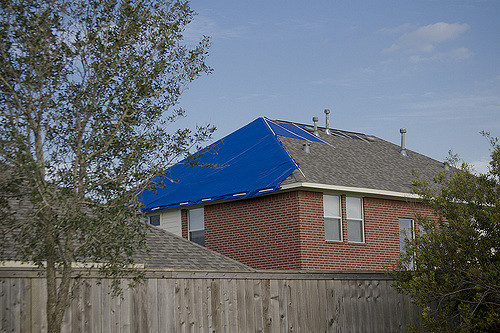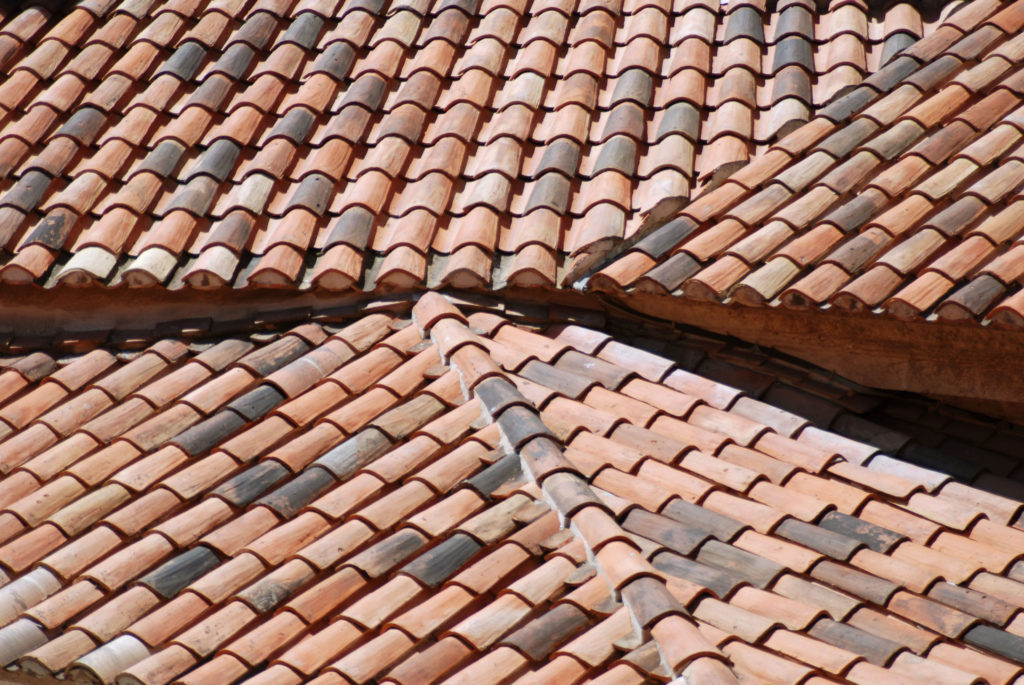How Often Should You Get your Roof Inspected
The building materials that compose your roof, the kind of conditions it has been exposed to over the course of the year, and other factors determine how often you should have your roof professionally inspected by Pinnacle Roofing. More immediate action is required if there are signs of damage. A self-check at least twice a year to spot any problem—preferably in the fall and spring when the weather tends to be more mild— is recommended by the National Roofing Contractors Association, in addition to a once a year professional inspection. Mild weather not only helps make inspecting the roof easier, it also allows you to make sure that your roof will be prepared for the upcoming changes in temperature and potential seasonal weather hazards. Here at Pinnacle Roofing we have devised these guidelines to help you determine how often to schedule your professional roof inspection with us!
Beyond Shingles
There are many more components that need repair and require regular inspection beyond the shingles and tiles that most people think of when they picture a roof. A structure of trusses and rafters give the roof its support. The rafters are covered by a sheathing material made of sheet metal or boards, which completes the roof’s structure. The shingles or tiles are laid on an underlayment— the base layer— which is on top of the sheathing material. This is the part that will degrade the most quickly, needing repair much more often than the roof coverings themselves, and is the most difficult for a homeowner to inspect on their own. To help keep the roof in its best condition, the flashing and gutters— which can also wear out over time— must be in good shape.

A Damaged Roof
It is important to check your roof for damage after a storm, even if it is a new roof because bad weather has the ability to damage or ruin a roof no matter what its age. Regular inspections can prevent most damage to the home, but sometimes storms can severely harm the roof as well. Usually this damage is visibly noticed in the form of water stains caused by leaks in the ceiling. Other signs include a damaged or missing chimney cap, loose caulking around dormers or skylights, granules of the shingles in the gutters and drainage system, and missing or damaged tiles and shingles. Another indication of damage is any kind of daylight showing in the attic or crawl space and should be immediately addressed. Mold, mildew, and dry rot caused by water seepage also poses a major threat to the integrity of the home. Keep an eye out for sagging in the roof itself, as well as dark spots or streaks. If you notice any of these things, call Pinnacle Roofing today for a professional inspection to prevent any further damage to your home!
Self Check
We know not all of us feel comfortable climbing a ladder and getting on the roof , so one way to do a self inspection is to use a pair of binoculars to check out the roof from the safety of your yard. Here are a few of the things we recommend to look for:
- Broken and missing shingles
- Cracked and curling caulk or sealant
- Patches of moss or lichen
- Worn, peeling and cracked plastic rubber boots around pipes
- Cracked or rusted spots on metal flashings around dormers, chimneys, and vent pipes
- A damaged or missing chimney cap
- Shingles that are blistering, cracking, or buckling
- Loose, cracked, or rusted gutters
- Crumbling and missing chimney mortar
- Tree branches and other large debris
Differing Roofing Materials
The roof covering itself is the main determining factor in how frequently you should schedule roof repair. Different types of materials will weather and decay at different rates. Shake shingles and tile roofs continue to grow in popularity, while composite or asphalt shingles remain the most often used roof covering in the United States. An asphalt, composite, or wooden shingle roof needs professional inspection about every three years, while a tile roof can go up to five years between inspections. The underlayment and other structural components are protected by the coverings but may still degrade at a faster rate than the shingles and tiles that have a longer life span.

Benefit From Regular Roof Inspections
Your roof can have a very long lifespan when properly maintained. A well-kept shingle roof will last twenty years without needing to be replaced, while the lifespan of a tile roof can be up to one hundred years! A roof is a good investment for the life of your home. It boosts your curb appeal and protects the interior of the house from damage. If you think your roof needs a professional inspection, call Pinnacle Roofing today!
At Pinnacle Roofing we will carefully evaluate all aspects of your roof and identify any areas that need repair or replacement. We provide you with our recommendations after taking the time to thoroughly assess the condition of your roof. We not only inspect your roof from the outside, but the inside as well. Holes, black mold, and missing or damaged installation can affect how well your roof functions, and can only be shown by an attic inspection because they might be hidden from the outside. We know there is a lot to think about when it comes to inspecting your roof, but it is worth it in the long run. A roof inspection should be scheduled just like any other important maintenance task. It ends up saving you time and money in the future. Call our Pinnacle Roofing team today to ensure your roof gets the care it needs!
